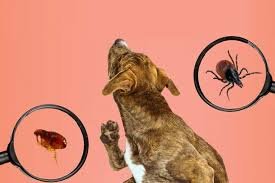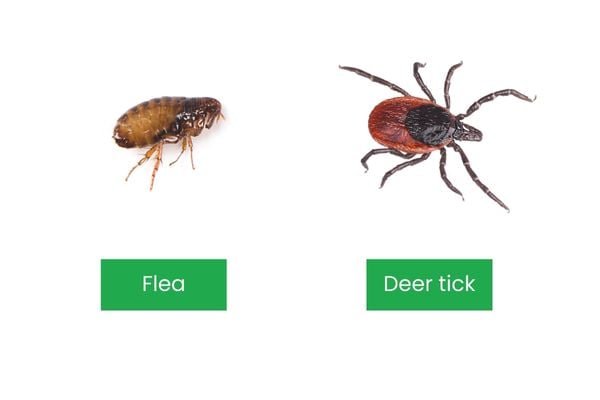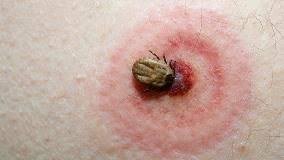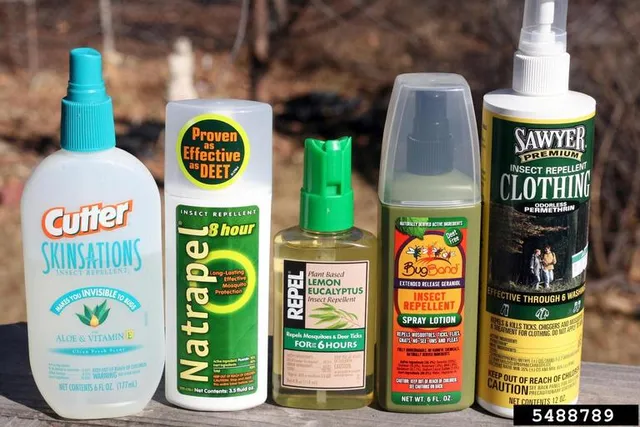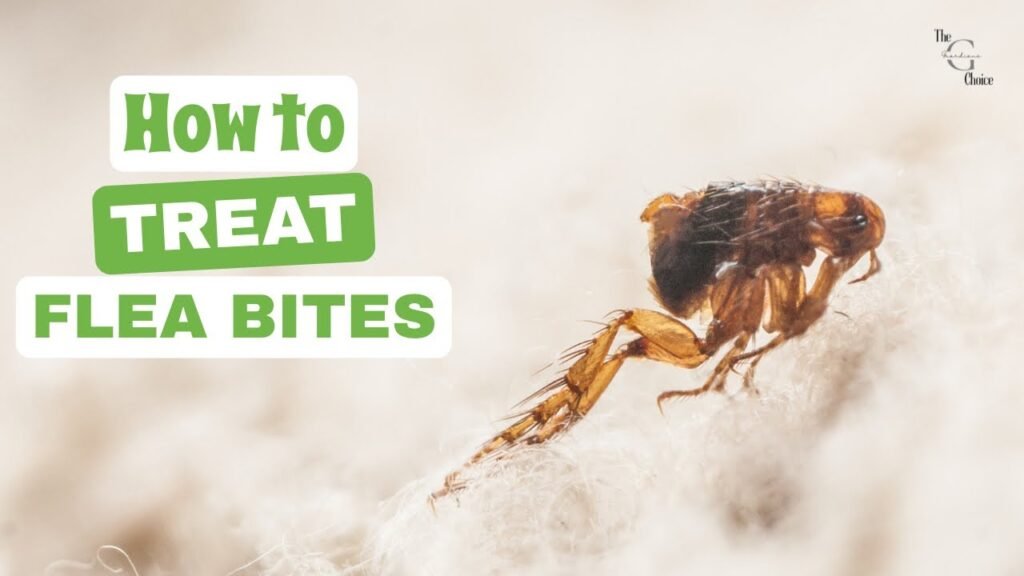Ticks and fleas are more than just pests – they can carry harmful diseases and cause allergic reactions in both humans and pets. If left unchecked, an infestation can quickly spread throughout your home, making it harder to control. Thankfully, with the right tick and flea prevention tips, you can safeguard your environment, protect your pets, and ensure peace of mind.
Why Tick and Flea Prevention is Important
For Pets: Fleas cause itching, skin irritation, anemia, and allergic dermatitis, while ticks may transmit Lyme disease, ehrlichiosis, and other illnesses.
For Humans: Tick bites may spread dangerous infections, and flea bites can trigger allergic reactions, itching, and in rare cases, transmit diseases.
For Homes: Infestations multiply quickly, as fleas can lay hundreds of eggs, and ticks can hide in carpets, furniture, and outdoor areas.
Taking proactive steps is much easier than dealing with a full-blown infestation later.
Tick and Flea Prevention Tips for Pets
1. Use Vet-Approved Preventatives
Oral flea and tick medications
Topical treatments
Flea collars with long-lasting protection
2. Regular Grooming and Inspections
Brush your pet frequently with a flea comb
Check for ticks after outdoor walks, especially around ears, paws, and belly
3. Bathe Pets Regularly
Use shampoos designed to kill fleas and ticks, or natural options like diluted apple cider vinegar solutions.
4. Maintain a Healthy Pet Environment
Wash bedding weekly in hot water
Vacuum carpets and rugs often
Keep outdoor play areas trimmed and clean
Tick and Flea Prevention Tips for Your Home
Vacuum frequently, especially in dark corners, under furniture, and near pet areas
Wash blankets, cushion covers, and rugs in hot water to kill eggs and larvae
Use flea sprays or powders recommended for indoor use
Consider natural repellents like diatomaceous earth or essential oils (lavender, cedarwood, eucalyptus)
Outdoor Tick and Flea Prevention
Keep your lawn trimmed and free from tall grasses
Remove leaf piles, woodpiles, and damp debris where ticks and fleas thrive
Use pet-safe yard sprays or natural repellents
Create a barrier of gravel or wood chips between wooded areas and your lawn to reduce tick migration
Natural Tick and Flea Prevention Remedies
For those who prefer chemical-free options:
Essential Oils: Lavender, peppermint, and cedar oil may repel fleas and ticks (always dilute before using on pets)
Apple Cider Vinegar Spray: A mild solution can be sprayed on pets’ fur as a natural repellent
Diatomaceous Earth: Sprinkle food-grade powder on carpets, pet bedding, and outdoor areas to dehydrate fleas and ticks naturally
When to Seek Professional Help
If you notice:
Persistent scratching, hair loss, or red skin patches on your pet
Fleas or ticks spreading in your home despite prevention efforts
Signs of tick-borne illness (fever, fatigue, joint pain) in pets or humans
It may be time to consult a veterinarian or pest control specialist.
Conclusion
Ticks and fleas may be small, but their impact on health and comfort can be significant. Following these tick and flea prevention tips—from vet-approved treatments to natural remedies—will help keep your pets, family, and home safe year-round. Prevention is always better than treatment, so take proactive steps before an infestation occurs.
